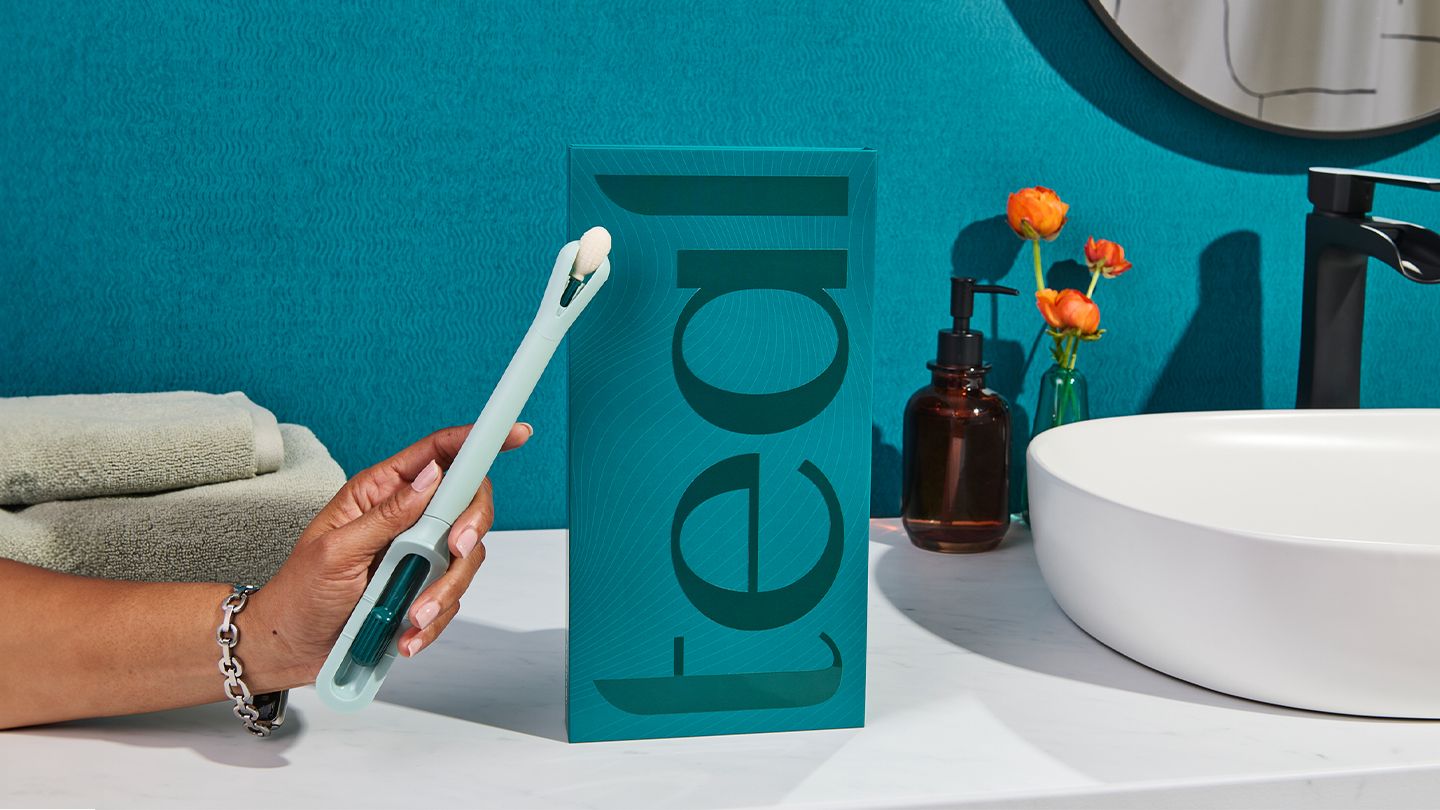Kara Egan, the cofounder and chief executive of Teal Health, said in the statement that the Teal Wand offers “women an option that makes sense for their lives — something that can be done quickly and comfortably at home.”
HPV Causes Nearly All Cases of Cervical Cancer
More than 9 in 10 cases of cervical cancer are caused by HPV, according to the U.S. Centers for Disease Control and Prevention (CDC).
Teal Wand Results Are as Accurate as Those From a Pap Smear
Ninety-four percent of the patients said they would prefer the at-home test to an in-person screening exam as long as the results were reliable, according to the data reported by Teal Health. And 9 in 10 people found using an at-home testing kit to be just as comfortable or more comfortable than getting screened in a doctor’s office.
Self-Testing for HPV Is ‘Safe, Effective, and Appealing’
“It is an important advance,” says Robert Smith, PhD, the senior vice president for screening at the American Cancer Society and an adjunct professor of epidemiology at the Emory University Rollins School of Public Health.
“Some women face access barriers to regular screening, and some women and people with a cervix who have avoided or wish to avoid cervical cancer screening by a healthcare professional now have another option,” Dr. Smith says. “Self-testing at home offers an alternative for these women, and studies have shown self-testing is safe, effective, and appealing to women.”
Some People May Still Need to Get In-Office Pap Smears
The Teal Wand will not be appropriate for everyone.
“The at-home cervical cancer screening tests are a great option for many, but they’re really designed for women at average risk,” says Nasar Ahmed, PhD, a cancer researcher and an associate professor at the Robert Stempel College of Public Health and Social Work at Florida International University in Miami.
“If you’ve had abnormal Pap results, a history of cervical precancer, or a family history of related cancers, it’s important to talk to your doctor first,” Dr. Ahmed says. “You may need more frequent or specialized care.”
Read the full article here




